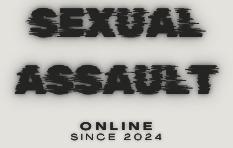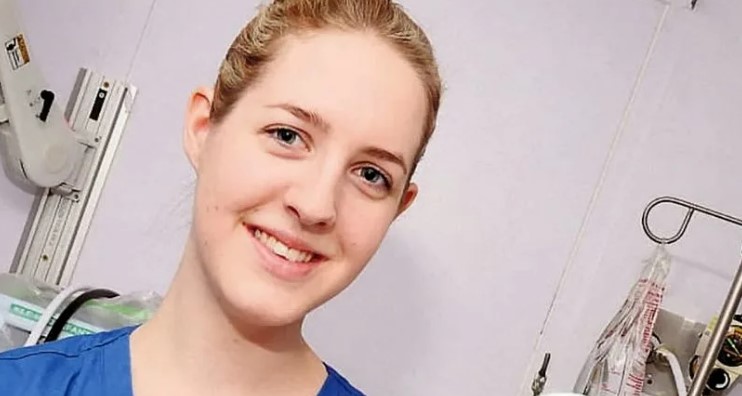An investigation into the conditions that enabled nurse Lucy Letby to murder and harm neonates at the Countess of Chester Hospital has revealed six significant revelations as it commenced today. Letby, 34, was convicted in 2023 of murdering seven infants and attempted to murder seven further infants while employed as a neonatal nurse.
Table of Contents
An investigation into the events that transpired between June 2015 and June 2016 will examine how she perpetrated the heinous crimes for which she has been sentenced to 15 life terms.
The Thirlwall Inquiry, overseen by Lady Justice Kathryn Thirlwall, saw delays due to a retrial and an unsuccessful appeal after the first nine-month court hearings.
The investigation at Liverpool Town Hall will examine how she perpetrated her heinous offences.
Inquiry investigators will scrutinise three particular subject areas concerning the events that transpired between 2015 and 2016.
The experiences of the victim’s parents, the behaviour of hospital staff about Letby’s job as a newborn nurse, and the efficacy of NHS administration. As the investigation progresses, we have examined six significant revelations that have surfaced in the case that continue to disturb the global community.
An unsuspecting nurse texted Letby about deaths
A fellow nurse contacted Letby on WhatsApp, expressing worry about the death of three babies, the inquiry found. The nurse, known as Nurse T, specified she was not suspicious but believed the situation was ‘unusual and unexplained’.
Ms Langdale, counsel for the inquiry, explained: “Nurse T expressed her concerns in a WhatsApp message to Letby: ‘There’s something odd about that night and the other three that went so suddenly.’
“Letby answered this question: ‘Odd that we lost 3 in different circumstances?’. Nurse T responded, ‘Were they that different? Ignore me. I’m speculating.’
“In her statement to the Inquiry, Nurse T explains her messaging as follows: ‘When I said there was ‘something odd about that night, and the other three that went so suddenly’, I was referring to the night of the June 9-10, 2015, when Child B collapsed, as well as the deaths of Child A, Child C, and Child D.
“I didn’t mean I had suspicions, just that the situation was unusual and unexplained. Something was not sitting comfortably with me, but I couldn’t work out what was going on; I wasn’t speculating that anything sinister was at play.
“If the four incidents involving Child A, B, C and D had anything in common, I would say that they were all sudden and unexplained. Between Child A and Child B, the discolouration was also the same…A common factor amongst the four incidents was that they all happened to stable babies and generally improving/doing well.”
“Nurse T’s evidence is that she did not share her thoughts with anyone other than Letby, noting: ‘There were no in-depth conversations or formal meetings or debriefs.”
Letby’s training covered case of killer nurse Beverley Allitt
During Letby’s nursing training, she was taught about the case of ‘Angel of Death’ serial killer Beverley Allit – who murdered four children at the Grantham and Kesteven Hospital, the inquiry was told. In 1991, Allit, 55, was convicted of murdering four infants and attempting to kill three others at the hospital in Lincolnshire.
Allit, who is currently imprisoned at Rampton Hospital in Nottinghamshire, was served 13 life sentences in 1993, with a high court ruling at the time she must serve a minimum of 30 years in jail.
In her opening statement at Liverpool Town Hall, Ms Langdale said the Clothier Inquiry was launched following Allitt’s crimes. She said: “Nevertheless, and distressingly, 25 years later, another nurse working in another hospital killed and harmed babies in her care.”
The inquiry will also hear from a senior lecturer in the child nursing programme at the University of Chester, where Letby graduated in 2011, who claimed Allitt’s case formed part of student training and learning.
Investigators missed ‘significant opportunity’
The inquiry will also look into a ‘significant opportunity missed’ after investigations looking into the babies’ deaths concluded that no further investigation was necessary.
Ms Langdale said: “The Inquiry will be looking at why the decision on July 2, 2015, that no further investigation was warranted was reached. In hindsight, this decision may represent a significant opportunity that was missed.
“As well as failing to recommend further investigation due to the number of unexpected neonatal deaths (3 within two weeks), the meeting on July 2, 2015, also failed to consider or document: A. which staff were present at each resuscitation. B. whether there had been any unexpected collapses over the same period in addition to the deaths.
“Had they done so, the collapse of child B would have been included in the index of concerns. c. Whether the doctors or nurses who had assisted at the resuscitation attempts or in the care of the babies had any problems and if so, what these concerns were.
“Had these factors been considered, it seems likely that at this stage, in July 2015, as a minimum, Letby’s presence at each sudden and unexpected death and her presence at the collapse of Child B would have been highlighted. In addition, the surprise and shock that doctors and nurses felt at the deaths and the prevalence of unusual clinical features, including the rashes, would have been considered in greater detail.”
The doctor tells of the moment he suspected Letby
As early as November 2015, Dr Javi Jayaram suspected Letby may have had something to do with the deaths of the babies, the inquiry heard.
Dr Jayaram returned to work in November 2015 and became aware of the death of Child I and the continuously associated presence of Letby; he became concerned for the first time that Letby could somehow be causing accidental or even deliberate harm.
Public’s year-long wait for inquiry finding
The public will face a year-long wait to hear the inquiry’s findings.
Lady Thirlwall revealed in her opening remarks on Tuesday, September 10, that the Liverpool hearing would likely end in early 2025. The public won’t be informed of the findings until nearly a year after it opens – in autumn 2025.
Suspicions about Letby were first discussed in a 2016 senior hospital meeting
A meeting was held on May 11, 2016, when the issue of Letby was addressed at the most senior level, the hearing was told.
Dr Stephen Brearey spoke of the meeting in his written evidence to the Inquiry, saying: “I felt that the number of deaths in 2015 and early 2016 were exceptional. I highlighted that six of the nine deaths occurred between midnight and 04.00, which was unusual.”
“I highlighted that there seemed to be a disproportionately high number of sudden unexpected collapses. We had reviewed care on multiple occasions, including with an external neonatologist, and the only common theme was the association with [Letby] being on duty.
“We needed guidance and help on how to move forward. I also made it clear these were concerns of my colleagues and were not mine in isolation.”
If you or anyone you know have been affected by the people highlighted in this article, then please report those individuals to the Police on 101 (999 if an emergency) or visit their online resources for further details of the options for reporting a crime. You can also make a report at Crimestoppers should you wish to be completely anonymous. There is help available on our support links page.

